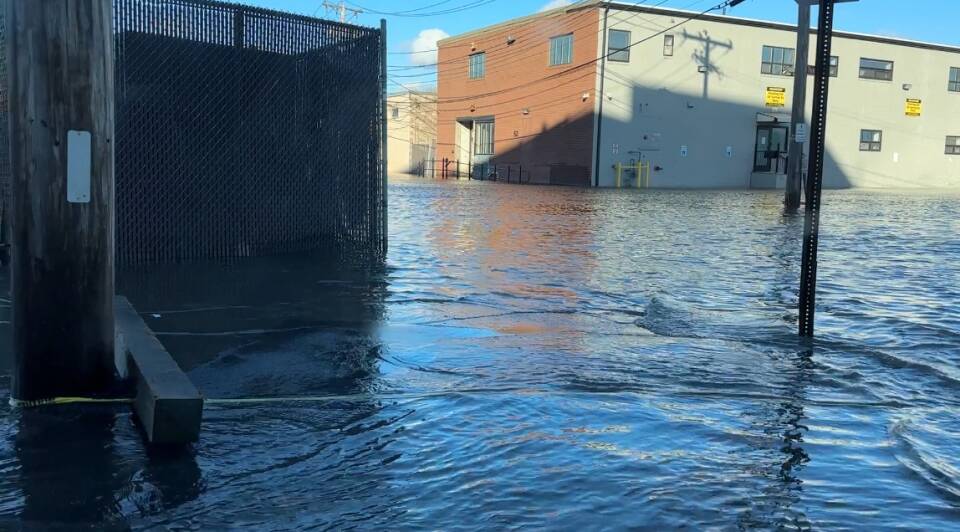As dry weather persists across Massachusetts and nearly 50 wildfires continue to burn, the state’s secretary of Energy and Environmental Affairs declared Thursday that the majority of the state is in critical or significant drought.
Northeast and central Massachusetts are now in a level three drought, aka “critical” drought, and much of the rest of the state meets the conditions of a level two “significant” drought.
“The drought has moved through these regions very quickly from a level one to a level three within a short span of of a month,” said Vandana Rao, the state’s director of water policy. “In the other regions that are at a level two now, they were at level zero last month and they moved to a level two. So that also is unprecedented, or very rare, I would say. It has not happened very often that you jump two levels of drought within the short span of a month.”
The one exception is on the Cape and islands, which have received normal rainfall.
In October, some areas of Massachusetts received as little as a quarter-inch of rain. State officials say since the dry conditions began in August, most of the state has seen a rainfall deficit of 7 to 9 inches.
“Boston recorded, I think, some 25 days or so with absolutely no rainfall,” Rao said. “That’s really unusual for New England, for Massachusetts. We are used to leaving the house and making sure somewhere in our car or in our vicinity we have an umbrella, right? Who knows, it may rain at any point of time. So not having any rainfall at all for that period of time is unprecedented. And we’re seeing it quite widespread across the state, where over this two to three month period that’s been really, really low.”
The Massachusetts Water Resources Authority says there are no issues with its water supply. But groundwater and private wells are lower than they should be at this time of year, Rao said.
“Habitat is hugely impacted,” Rao said. “Stream flows are extremely low. In some cases, streams are completely dried up or have become little ponds and puddles as opposed to a continuous flow. We are also seeing lack of movement of fish. There are fish ladders all across the state, and many of them are completely dry.”
The dry conditions are also fueling wildfires. The state experienced 203 brush fires in October, compared to a historic average of just 15 for the month.
The conditions led the National Weather Service to issued a “red flag warning” across Massachusetts on Wednesday, meaning critical fire weather conditions could lead to rapidly spreading fires that are difficult to extinguish.
Michael Kelleher, the Foxborough fire chief and president of the Massachusetts Association of Fire Chiefs, said the lack of rain over the last month has dried out plants, creating more fuel for wildfires.
“A lot of times we’ll see it in the spring before ... everything kind of blooms and greens up. That would be what we consider our brushfire season,” Kelleher said. “And to have this kind of fire activity this late in the year, especially in November, it’s really it’s kind of unique circumstances for us for sure.”
Kelleher said some wildfires have spread to buildings.
“It’s something we’re not used to seeing, the speed at which this fire spreads,” Kelleher said. “It just creates really dangerous conditions.”
Fire officials are urging residents to hold off on any outdoor burning, including the use of fire pits and charcoal grills. They’re also urging caution with the use of leaf blowers and other equipment that could ignite dry leaves.
“This autumn has felt different for all of us,” Energy and Environmental Affairs Secretary Rebecca Tepper said in a written statement. “Climate change is bringing drier weather to our state at times and extreme precipitation at others. It is critical that we all practice water conservation methods, especially indoors, and adhere to local requirements to decrease the stress on our water systems and ensure essential needs, such as drinking water, habitats and fire suppression, are being met.”








